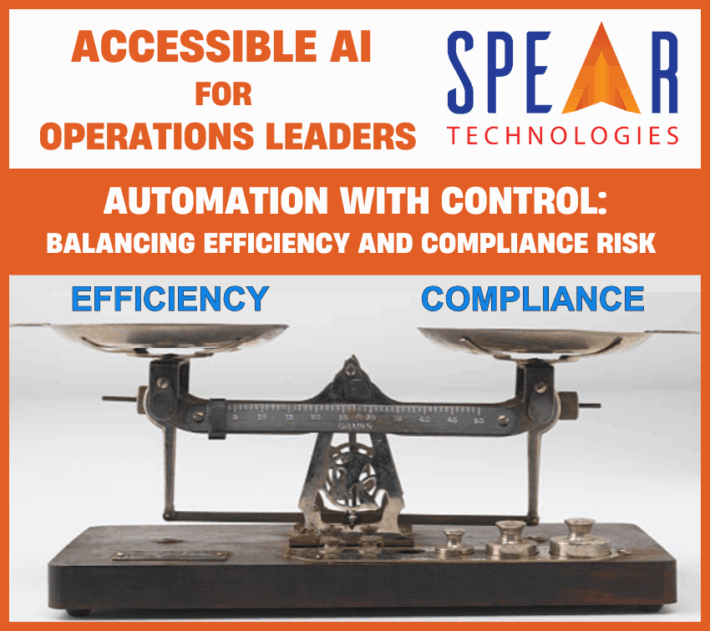The Business Case for Low-Code/No-Code Platforms in P&C Insurance

A Smarter Way to Innovate and Operate
As P&C insurers look to modernize operations, improve agility, and deliver better customer experiences, one technological trend is standing out: low-code/no-code insurance platforms. These platforms are transforming the way insurers configure, extend, and deploy core systems—without the long timelines, steep costs, or technical debt associated with traditional software development.
Whether you’re modernizing claims workflows, launching new insurance products, or integrating AI-driven tools, low-code/no-code platforms allow insurers to do more, faster—with fewer resources. The result? Lower costs, faster innovation, and a more adaptable insurance operation built for the future.
What Are Low-Code and No-Code Platforms?
Low-code platforms provide visual development environments that allow users to build and modify applications with minimal hand-coding. No-code platforms go a step further, enabling users—often business analysts or product managers—to build fully functional apps through drag-and-drop interfaces and pre-built templates.
In the P&C space, these platforms can be used to:
- Configure and customize claims and policy workflows
- Automate rating and underwriting processes
- Build custom portals and dashboards
- Integrate third-party services and data sources
- Enable rapid product launches and compliance updates
The Business Benefits of Low-Code/No-Code in P&C Insurance
1. Accelerated Speed to Market
Launching new products or responding to regulatory changes shouldn’t take months. With low-code/no-code tools, insurers can:
- Launch new lines of business quickly
- Modify rating engines, forms, and workflows in days—not quarters
- Deploy updates instantly without relying on outside development teams
Faster execution means faster revenue realization and greater responsiveness to market demand.
2. Reduced IT Bottlenecks
Traditional development cycles often depend on scarce IT resources, slowing down innovation and burdening internal teams. Low-code/no-code shifts more control to business users, allowing:
- Insurer-side Business operations teams to build and test changes without coding
- Insurer-side IT teams focus on high-value architecture and security work
- Faster iteration and innovation across departments
This democratization of development leads to a more agile organization.
3. Lower Total Cost of Ownership
Hiring developers, waiting on vendors, and dealing with system delays all cost time and money. Low-code/no-code platforms reduce TCO by:
- Cutting down on custom development needs
- Reducing external vendor and consultant dependencies
- Minimizing long-term maintenance costs
You get more control, more capability, and better ROI from your technology investment.
4. Greater Flexibility and Adaptability
Insurance is changing fast—from customer preferences to climate risk to cyber threats. Low-code/no-code platforms let you keep pace by:
- Making rapid updates to workflows and rules
- Adapting systems to meet evolving compliance standards
- Prototyping and piloting new capabilities with low risk
It’s the foundation for future-proofing your operations.
5. Seamless Integration with Existing Tools
Modern low-code platforms are designed for interoperability, with built-in connectors and open APIs that simplify integration with:
- CRM systems and customer portals
- Payment and billing solutions
- Third-party data sources (e.g., credit, fraud, litigation)
- AI/ML tools for automation, analytics, and decision support
The result is a connected, intelligent insurance ecosystem.
6. Empowerment Through Customer Management
When combined with a Customer-Managed Solution model, low-code/no-code platforms unlock full technology ownership. That means:
- You decide when and how to make changes
- You maintain full control of your platform and your data
- You’re no longer dependent on vendor release cycles
These cutting-edge solutions empower insurers to build smarter, move faster, and grow without limits.
Use Cases in Action
Here’s how P&C insurers are leveraging low-code/no-code platforms today:
- Claims Automation: Streamlining FNOL intake, adjusting workflows, and integrating fraud detection tools
- Policy Administration: Creating customized rules, adjusting underwriting criteria, and automating compliance processes
- Customer Experience: Building self-service portals and branded digital experiences
- Analytics & Reporting: Creating real-time dashboards and integrating external data sources for better insights
The Time to Modernize Is Now
Low-code/no-code platforms are not a trend—they’re a proven path to greater agility, lower costs, and a more innovative culture. For P&C insurers looking to stay ahead, these platforms offer a compelling business case that’s hard to ignore.
Build Smarter, Scale Faster, Own Your Future
SpearSuite™, built on Microsoft Power Platform, is a leading example—giving insurers all the power of low-code/no-code while maintaining enterprise-grade scalability, security, and control. As a fully Customer-Managed Solution, it gives insurers the power to configure, extend, and own their technology stack—with all the benefits of speed, control, and flexibility.
Schedule a Demo to explore how low-code SpearSuite™ can enable your organization to become faster and more efficient.
To discover how Spear’s solutions can help insurers of all sizes, Request Pricing.



